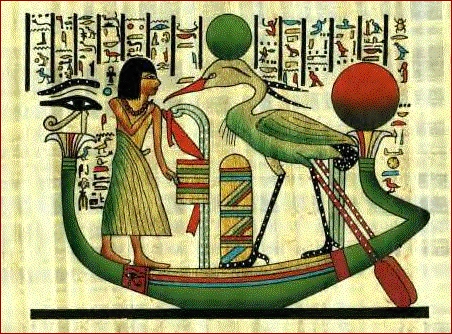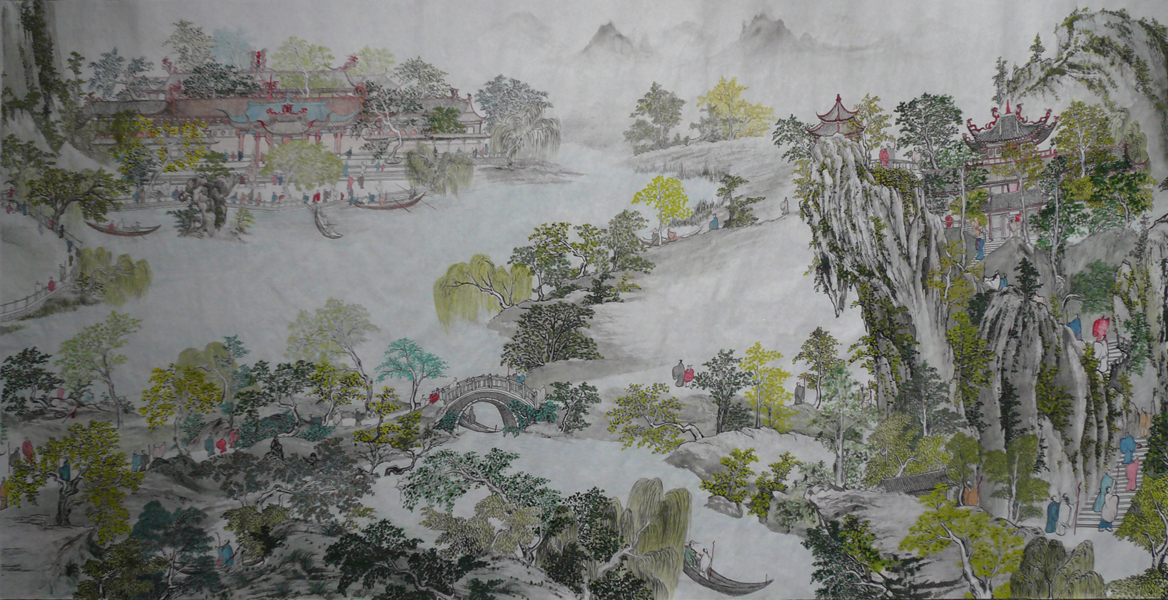Watercolor paper on:
[Wikipedia]
[Google]
[Amazon]

 Watercolor paper or watercolour paper is paper or substrate onto which an artist applies
Watercolor paper or watercolour paper is paper or substrate onto which an artist applies

 Watercolor paper or watercolour paper is paper or substrate onto which an artist applies
Watercolor paper or watercolour paper is paper or substrate onto which an artist applies watercolor paint
Watercolor (American English) or watercolour (British English; see spelling differences), also ''aquarelle'' (; from Italian diminutive of Latin ''aqua'' "water"), is a painting method”Watercolor may be as old as art itself, going back to t ...
s, pigment
A pigment is a colored material that is completely or nearly insoluble in water. In contrast, dyes are typically soluble, at least at some stage in their use. Generally dyes are often organic compounds whereas pigments are often inorganic compo ...
s or dye
A dye is a colored substance that chemically bonds to the substrate to which it is being applied. This distinguishes dyes from pigments which do not chemically bind to the material they color. Dye is generally applied in an aqueous solution an ...
s. "The term “colour” is inappropriately given by common usage to material substances which convey a sense of colour to the human eye, but is properly restricted to that sense itself. The material colour should be called “pigment” or “dyestuff” in the raw state, and paint when compounded with other substances for application in the form of a coating." Terry, George. Pigments, Paint and Painting: A practical book for practical men (p. 1). Good Press. We generally no longer use stone or tomb walls as a substrate. There are currently many types of watercolour papers available that are manufactured for the use of watercolors. Watercolor paper can be made of wood pulp
Pulp is a lignocellulosic fibrous material prepared by chemically or mechanically separating cellulose fibers from wood, fiber crops, waste paper, or rags. Mixed with water and other chemical or plant-based additives, pulp is the major raw mate ...
exclusively, or mixed with cotton
Cotton is a soft, fluffy staple fiber that grows in a boll, or protective case, around the seeds of the cotton plants of the genus ''Gossypium'' in the mallow family Malvaceae. The fiber is almost pure cellulose, and can contain minor perce ...
fibers. Pure cotton watercolor paper is also used by artists, though it typically costs more than pulp based paper. It is also available as an acid-free medium to help its preservation.
Watercolor paper can be described according to the manufacturing process. It can be hot pressed, cold pressed or rough. A number of companies sell watercolor papers, some of them with a long history of production. Paper traditionally comes in either 90, 140 or 300 lb. weights. Prices range from affordable to more expensive and higher quality.
History
Papyrus
Papyrus ( ) is a material similar to thick paper that was used in ancient times as a writing surface. It was made from the pith of the papyrus plant, '' Cyperus papyrus'', a wetland sedge. ''Papyrus'' (plural: ''papyri'') can also refer to a ...
was used as a 'paper' onto which the Egyptians
Egyptians ( arz, المَصرِيُون, translit=al-Maṣriyyūn, ; arz, المَصرِيِين, translit=al-Maṣriyyīn, ; cop, ⲣⲉⲙⲛ̀ⲭⲏⲙⲓ, remenkhēmi) are an ethnic group native to the Nile, Nile Valley in Egypt. Egyptian ...
applied their water-based paints or pigments."Ancient Egyptians used water-soluble translucent paints to decorate papyrus scrolls. They used such earth pigments as ochres and siennas, as well as minerals like reds, cinnabar, blue azure, green malachite, and so on, with gum arabic and egg white. Technically, these water-soluble colors were watercolors. Because of the dry environment and the secluded locations where these artworks were discovered, many of these artworks have lasted to the current day with colors as vibrant as when they were produced." London, Vladimir. The Book on Watercolor (p. 19). Modern Watercolor brands and countries of manufacture: Winsor & Newton, Saunders & Waterford, Hayle Mill, Whatman and Bockingford Watercolor Paper made in Britain; Bee Paper Company and St. Armand Watercolor Paper, Canada; Velke Losiny Moldau watercolor paper, Czech Republic; Canson, Strathmore, Kilimanjaro, Moulin de Larroque, Lanaquarelle and Arches Watercolor Paper made in France; Zerkall, Hahnemuhle Watercolor Paper made in Germany; Khadi Watercolor Paper handmade in India; Fabriano Watercolor Paper Made in Italy; Legion Yupo, Legion Stonehenge, Jack Richeson, Twin Rocker, Fluid and Sax Watercolor Paper Made in the US.
Details of brands and their manufacture: Saunder & Waterford and Bockingford are made by St. Cuthbert Mill. Kilimanjaro is distributed exclusively in the US by Cheap Joe's and is likely to be of French origin. Khadi and Twin Rocker are exclusively handmade. Hayle Mill and Zerkall are recently defunct. Hayle Mill was the official paper of the Royal Watercolour Society. The Zerkall Mill was destroyed by a flood in Germany in 2021 and because of market forces, will not reopen. Legion imprints Yupo and Stonehenge. Strathmore 300 and 400 are packaged and Branded in the US but are a product of France; the French mill is unknown. The Czech town and Mill of Velke Losiny make Moldau watercolor paper, much of which is handmade. Fluid and Fluid 100 are a product line produced by a subsidiary of Speedball, USA. St. Armand produces handmade Dominion watercolor paper in all the usual modern textures and in 150, 200 and 300 lb weights. Most watercolor paper manufacturers produce several qualities of paper for Student and Professional use; these manufacturers include St.Cuthbert Mill, Canson, Strathmore, Hahnemuhle, Fabriano and Speedball/Fluid.
Fabriano began production of paper in 1264. It was used by Michelangelo during the Renaissance. Today, after 750 years of production, it is used in the Euro currency. Fabriano watercolor paper is used by Artists world wide.
Arches began production of watercolor paper around 1620. It provided most of the paper used in France during the 1700s. In addition to watercolor paper, Arches also produced paper that was used in documents and paper that was used as currency during the revolution in France. Arches joined other paper manufacturers in the 1950s to form Arjomari Prioux (which later merged with Arjowiggins).
Woven paper was used in print publication in the late 1760s because it was found to be smoother. The watercolor paper at this time was used by artists because it allowed the application of paint without the unevenness of molded paper. James Whatman created a paper specifically for use with water colors by the 1780s. He used gelatin
Gelatin or gelatine (from la, gelatus meaning "stiff" or "frozen") is a translucent, colorless, flavorless food ingredient, commonly derived from collagen taken from animal body parts. It is brittle when dry and rubbery when moist. It may also ...
as a sizing that created a protective coating that reduced damage to the paper by repeated wetting, drying and reworking.
See also
*Acrylic paint
Acrylic paint is a fast-drying paint made of pigment suspended in acrylic polymer emulsion and plasticizers, silicone oils, defoamers, stabilizers, or metal soaps. Most acrylic paints are water-based, but become water-resistant when dry. Depe ...
* Acrylic painting techniques Acrylic painting techniques are different styles of manipulating and working with polymer-based acrylic paints. Acrylics differ from oil paints in that they have shorter drying times (as little as 10 minutes) and are soluble in water. These types ...
* Gouache
Gouache (; ), body color, or opaque watercolor is a water-medium paint consisting of natural pigment, water, a binding agent (usually gum arabic or dextrin), and sometimes additional inert material. Gouache is designed to be opaque. Gouache h ...
* History of painting
The history of painting reaches back in time to artifacts and artwork created by pre-historic artists, and spans all cultures. It represents a continuous, though periodically disrupted, tradition from Antiquity. Across cultures, continents, and ...
* Oil paint
Oil paint is a type of slow-drying paint that consists of particles of pigment suspended in a drying oil, commonly linseed oil. The viscosity of the paint may be modified by the addition of a solvent such as turpentine or white spirit, and varn ...
* Paper
Paper is a thin sheet material produced by mechanically or chemically processing cellulose fibres derived from wood, rags, grasses or other vegetable sources in water, draining the water through fine mesh leaving the fibre evenly distributed ...
* Rice paper
"Rice paper" has many varieties such as rice paper made from tree bark to make drawing and writing paper or from rice flour and tapioca flour and then mixed with salt and water to produce a thin rice cake and dried to become harder and paper-like ...
* :Watercolorists
References
External links
{{DEFAULTSORT:Watercolor Painting Egyptian artefact types Nile Delta Papyrology Egyptian inventions Painting Painting techniques Watermedia Paper Visual arts materials Painting materials